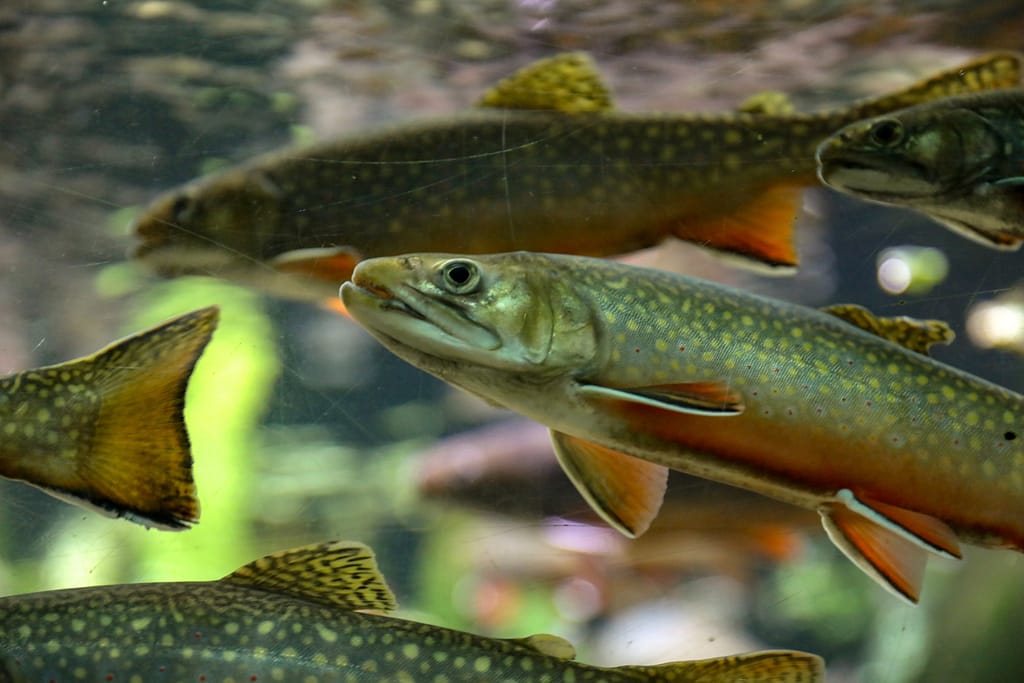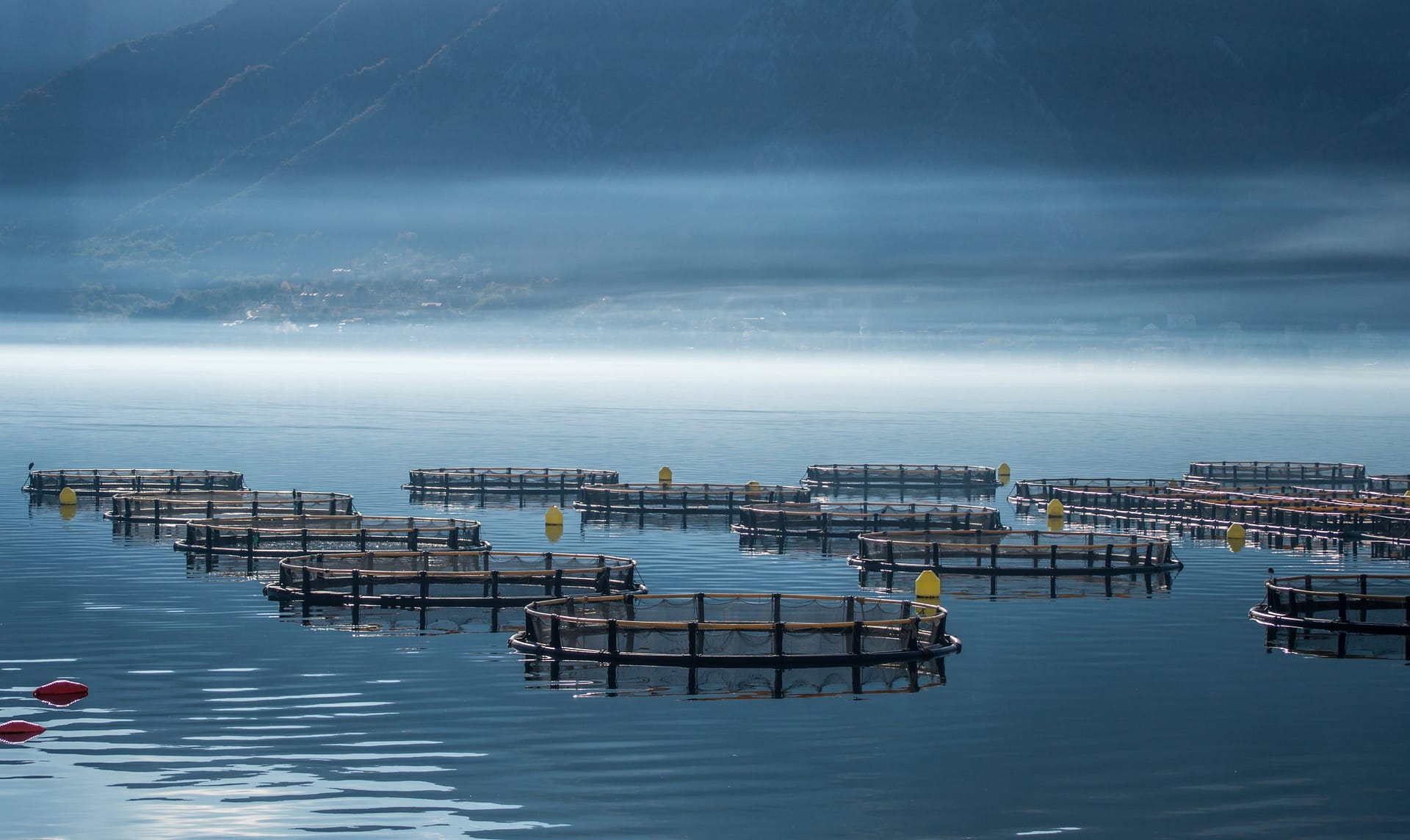Using systems thinking to find out how different components of a system affect each other, and the knock-on effects of the changes.
Our natural environment is changing. In order to adapt and prevent further damage, it’s essential to understand the effects of these changes and where they are originating. Once we understand and can predict environmental impact trends within a specific region, it becomes possible to mitigate the challenges. Yet the more we look at an environmental system, the more complex it becomes. Understanding how different components affect each other and the connections between them, is a critical step to predicting and mitigating our changing environment.
Exploring ocean ecosystems
Metabolic recently released a report on how to evaluate financial risks resulting from environmental changes. It analyses how the value of ocean-related assets will be affected by a changing environment in the Baltic fisheries sector. In doing so, it highlights an important lesson on the value of understanding entire systems and how to take into account the myriad ways a small change can have unintended consequences.
One component of the report focused on the question: what will happen to the stock of cod fish in the Eastern Baltic sea, and the fishermen who depend on that stock? At first glance, this appears to be a relatively simple question. Yet, before we can calculate how many fish will exist in the future, we first need to know how many fish exist today, starting with the existing fish population. That population will be affected by birth rate and death rate. Cod die naturally when reaching old age, but they also die when caught by fishermen or natural predators, so we need to understand the fishing trends and the number of predators over time. Both of these will depend on the health of cod stocks and a decent birth rate.
So the number of cod will depend on their predators, and the more cod there are, the more baby cod will be born, right? Unfortunately, it’s not quite that simple. Birth rates are affected by environmental factors like habitat loss from temperature shifts, pollution, oxygen levels and salinity levels. If the salinity is too low, the eggs will sink. If the eggs sink, they will not fertilize normally and are far more likely to be eaten by sprat fish. Sprat, in turn, benefits from increasing water temperatures. So before we can understand the changes in cod population, we therefore need to understand the changes in sprat population. Additionally, sprat have different predators, those predators have different habitat needs, and those habitats are affected differently by environmental changes.

To calculate the effects of declining cod stocks on the fishing sector, we need to model a number of things. This includes the number of fish being caught, the value of that catch in a dynamic supply chain, the potential drop in fishing efforts from declining returns, and the number of boats and processing facilities which may become unused from changes in the industry (“stranded” is the financial term). Another factor to consider is that fishing fleets are based in ports, and these may be at risk from rising sea levels and increasing storm frequency. Additionally, secondary activities like agriculture and industry may increase, potentially leading to chemical runoff which may affect certain habitats and the fish that depend on them.
This is an example of how systems thinking works. Once the boundaries of the system have been identified, it’s possible to model an entire system with a focus on the connections between components, rather than focusing on single components in isolation. Currently, a lot of science is built on reductionism: the idea that we can focus on single parts at a time to understand the larger whole. But in our beautifully complex global environment, all these parts are interconnected, and we need to understand how the components relate to one another to understand the whole.
Once we focus on the connections between components, we can model the larger system more accurately, avoiding unwanted rebound effects or cyclical loops. For example, the fisheries industry has often been characterized by overshoot and collapse behaviours, leading to the economic downturn of entire communities. The boom of the cod fishery in the 1980s was soon followed by the collapse of the fishery, and in turn posed a real threat to the livelihood of the Baltic fishing communities. A system-wide analysis can reveal the often-invisible fragility of ecosystems and provide communities with the knowledge necessary to protect them.


Keeping within planetary boundaries
This is equally true of the global environmental system. It is increasingly clear that environmental problems cannot be solved in isolation; that climate, land-use, and ocean health are connected. In fact, the Stockholm Resilience Centre has mapped nine planetary boundaries based on key global cycles such as biochemical, carbon, and water cycles, upon which our Earth system’s stability depends. These interconnected boundaries represent thresholds which we must stay within to keep our society safe and maintain the integrity of our ecosystems.
These planetary boundaries cannot be solved one at a time, in isolation. For example, climate change and ocean acidification are closely linked. Oceans have been acting as carbon sinks by absorbing more carbon than they emit. In this way, oceans act as a buffer to the accumulation of carbon in the atmosphere. However, as CO2 enters oceans it also changes their chemistry, increasing acidification and putting significant stress on marine ecosystems, particularly crustacean populations. Coral ecosystems are also affected by bleaching, caused by rising temperatures as well as by an increased acidification of 30% in the last century. Coral populations are biodiversity hotspots in our oceans. As they decline, we inch closer to the Earth’s total biodiversity threshold, another of the nine critical planetary safeguards.
Another interconnected system is land-use, agricultural fertilizers, and ocean biodiversity. Change in our oceans and seas occur due to direct human activities, one of which is agriculture. The runoff of fertilizers and manure applied to crops leaks into our oceans and has adverse effects on local coastal ecosystems. This causes an over-productivity of algae, which then decrease oxygen levels leading to dead zones. Such fertilizer runoff has already created a large dead zone in the Gulf of Mexico and one the size of Denmark, in the Baltic sea. It also contributes to the heavily contaminated Baltic sea, which causes additional stress on the already struggling cod population. Crucially, this fertilizer is largely composed of nitrogen and phosphates, two planetary boundaries thresholds which have already been crossed.
Measuring and keeping each boundary in check is key for a safe living space for humans and nature. Yet coming up with long-term solutions needs a systems approach, otherwise it’s possible that while trying to solve one problem, we create another.
On the other hand, when implemented carefully, using a systems approach to guard against blindspots, ocean agriculture may be capable of adding value without damaging ecosystems. It even has the potential to create nutrients and protein while absorbing the nitrogen runoff that is so detrimental to the rest of the ocean, such as this seaweed and oyster farm. New techniques are constantly being developed to farm regeneratively, in a way that not only minimises the damage to the ocean but actually alleviates the damage and improves environmental health.
Using systems thinking means understanding how different components are connected and projecting the knock-on effects of perceived small changes. This knowledge not only makes it easier to avoid unintended negative consequences; it also helps us to identify small changes for the greatest positive effect. It reveals what the most promising actions are, by showing where there is an overlap of efficiency and effectiveness. This approach will always address a specific context, and is key for us to adapt to the changing environment.
To learn more:
- View the full Value at Risk in the Blue Economy report.
- Get in touch with Antoine Coudard.






